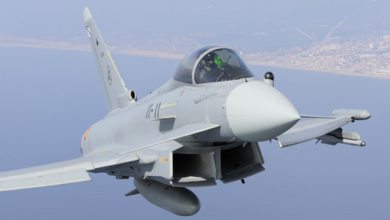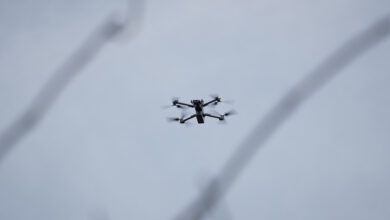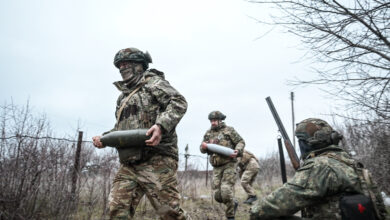US Army Finally Fields IVAS Goggles After Years of Delay
The US Army is finally fielding its Integrated Visual Augmentation System (IVAS) goggles after years of technical issues and delays.
A small batch of 50 IVAS 1.0 will be handed over to soldiers at Fort Moore in Georgia later this week for use on various missions, according to program officials.
There are reportedly 5,000 IVAS 1.0 units in storage awaiting official deployment due to a funding shortfall.
The US Congress withheld nearly $350 million in March last year to procure and field the next-generation goggles for the US Army.
However, with the budget now available for the first 50 units, the service is expecting to field the initial batch by the end of this month for soldier training.
“They [Fort Moore soldiers] have plans of instruction [for the new IVAS],” IVAS product manager Lt. Col. Denny Dresch told Breaking Defense. “They have [courses] that will be utilizing IVAS, as well as … their Airborne Ranger Training Brigade and some are officer training.”
Despite the major development, the army still needs money to field the remaining 4,950 IVAS 1.0 units in storage.
IVAS Goggles
A militarized version of Microsoft’s HoloLens 2, the IVAS goggles are meant to revolutionize how warfighters train and move on the battlefield.
It is a mixed reality heads-up display that integrates state-of-the-art situational awareness tools to provide soldiers with needed mobility and lethality for day or night missions.
The device is also expected to improve mission planning, decision-making, and targeting through advanced sensing, mapping, and computing capabilities.
The first versions, the IVAS 1.0 and 1.1, will be used to support company-level missions and live-fire exercises.

The IVAS 1.2, the latest variant of the technology, incorporates reliability upgrades and features an improved low-light sensor for combat operations.
“Anybody who has had IVAS on, even the early versions, knows that this is a transformative capability and really has the potential to change the way that we fight,” program manager Col. Anthony Gibbs said.
“This new version, 1.2, we think it’s really going to hit the mark in terms of what we need to put out there for our Soldiers to give them the situational awareness and the leap-ahead capability they need to stay ahead of our peers.”
Problems
The development and fielding of IVAS goggles faced years of delay after soldiers complained of disorientation, dizziness, eyestrain, and headaches after trying the equipment.
They also reportedly hit fewer targets and engaged more slowly when they used the IVAS 1.0.
Another technical issue discovered on the goggles involved their “field of view.” The equipment allegedly loses resolution when sight is widened for peripheral vision.












